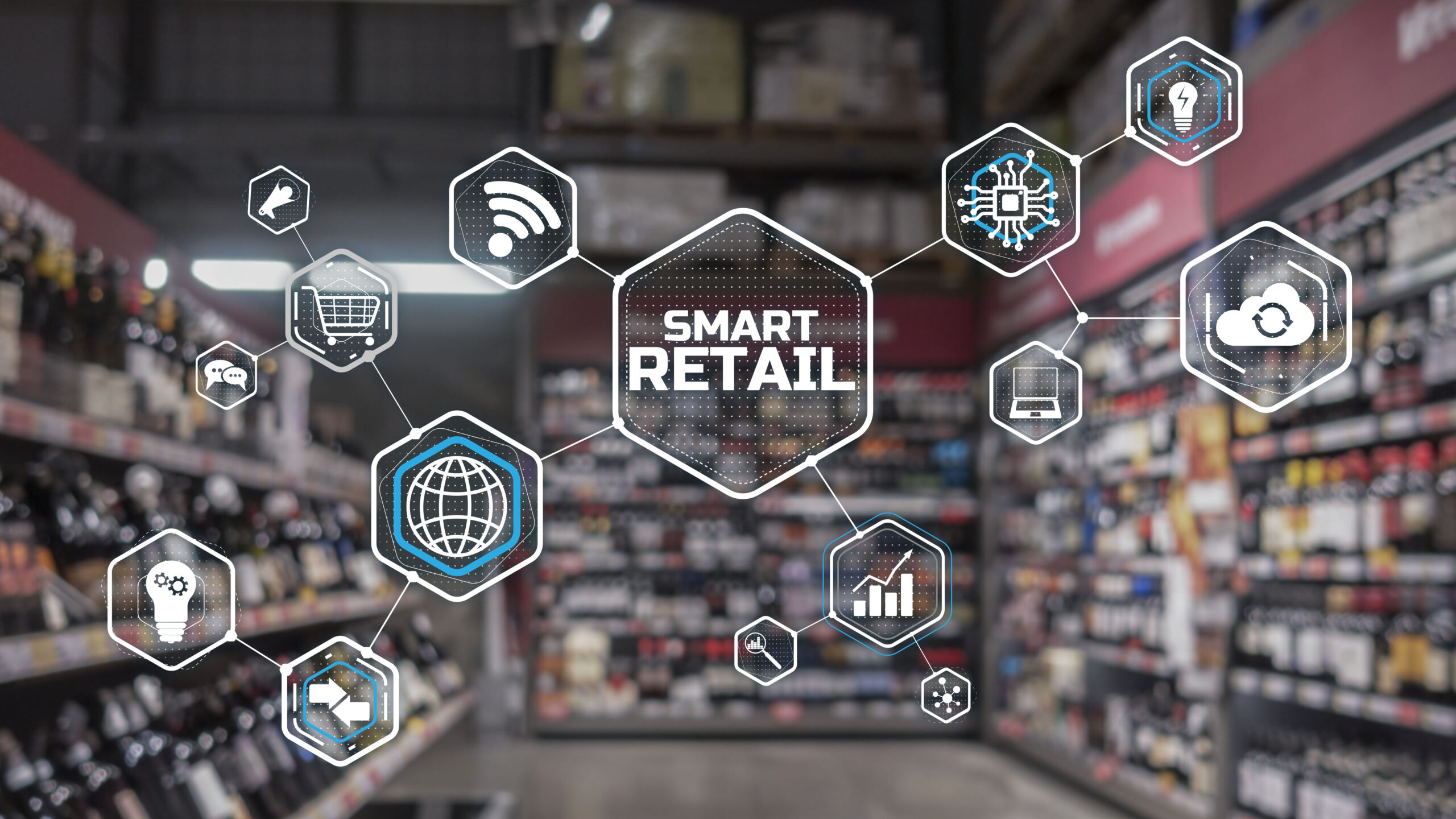All industries aim to manufacture just the right number of products at the right time, but for retailers this issue is particularly critical as they also need to manage perishable inventory efficiently.
Too many items and too few items are both scenarios that are bad for business. (Estimates suggest that poor inventory management costs US retailers close to two billion dollars per year.)
Looking beyond past sales to accurately predict future sales
Massive incremental profit can be unlocked by retailers managing orders and inventory effectively. But as this requires the processing of data for a huge number of stock keeping units (SKUs), which often include perishable goods and items that are ordered daily, it is also a significant challenge.
Retailers used to rely solely on the data from previous years to predict future sales (and therefore manage their inventory), but this method is only useful up to a point. However, machine learning has now evolved to the stage that it can provide accurate predictive models using different signals based on how they influence purchases.
Predicting sales is complex because, in any given period, purchases are affected by many factors: weather, shopping trends, regulation, new products, buying behaviours, a pandemic… And predictions based on previously recorded data don’t factor in specific events, making monthly sales appear evenly distributed when this is unlikely to be the case.
For example, an item that is often out of stock might cause a slowdown in the sales of that particular product or category, but it won’t show in the monthly reports. Even worse, poor figures are often regarded as a mark of buyers’ disinterest, when the opposite is true; consumers’ over-purchase of an item has caused it to sell out.
Or a product missing from the store might actually be in stock – just not yet out on the shelves. Big box retailers often struggle to restock in real time, so an instantly popular item might disappear from the shelves very quickly, and thus not perform as well as expected, despite it being available in inventory. This calls for technology that can help retailers seamlessly align supply and demand.
Using machine learning and multiple signals to assess inventory levels
Machine learning provides a solution to these challenges. Predictive models can forecast sales months in advance by using a number of the signals that affect them (seasonality, consumption trends, price levels, etc). To be as accurate as possible, it’s important that the models use more indicators than the standard day, product and store that it is usual to factor in.
To illustrate this, a retailer might analyse the seasonality to predict sales for the forthcoming period. However, the data will be skewed because using dates is not 100% accurate; a certain date can be a weekday one year, but the weekend the following year, causing sales to vary greatly. Other factors, such as whether that date falls on a holiday (Christmas, Easter, etc) or a major sporting event, also influence consumer buying patterns.
It is a similar story with price level signals. Promotions at store level can markedly affect the sales of a product from a given category or even make the store as a whole more attractive.
Both these examples illustrate why it is necessary to take many different signals and indicators into account to accurately forecast sales: a task that was a pain in the neck before machine learning and advanced artificial intelligence models made it achievable.
Adopting machine learning for inventory management
The technology is there, but for retailers to use it effectively and make accurate predictions, they need to collect and analyse huge amounts of data. Much of this is in different data sources and it can be complex to try to process multiple Excel and PDF files that contain previous reports and media plans. Big data tools are needed to process this information into the clean and readable format required to create predictive models that can prevent inventory issues.
Past sales data for a given store may be ‘inaccurate’ due to one-off events (promotions, adverse weather, traffic congestion, etc). To remove this bias, predictive models combine past sales numbers with those of similar stores.
The other big challenge is preventing items being unavailable on the shelves while they are in stock (caused by it being almost impossible for employees to monitor shelves in real time and restock them immediately).
Technology solutions using surveillance cameras and weight sensors do exist but are a huge investment. However, readily available information such as real-time sales at SKU level may be leveraged to detect ‘empty shelf’ situations. Models can analyse the usual flow of sales of an item, so the normal time between two sales of a product in a given store is known. Human intervention can be used to review and resolve statistical anomalies.
Predictive analysis is but one of the many ways that traditional retailers can benefit from machine learning. They have a lot to gain from relying on advanced technology for better inventory management to increase store revenue. Processing vast amounts of data can also help them to optimise the assortment, offer more attractive and profitable promotions and set prices more efficiently.
Well-devised tools can undertake complex and time-consuming tasks and quickly deliver accurate reports. This is the real value creation lever of artificial intelligence in retail: freeing managers from tedious multi-sources comparisons analyses and allowing them to focus on the continued improvement of the customer experience.
About the Authors
Pascal Coggia is CEO of Artefact UK where he is responsible for expanding the company’s artificial intelligence (AI) and data-driven products and services in the region. A founding partner at Artefact, he was previously based at its headquarters in Paris, during which time he launched Artefact’s operations in Dubai. Previous positions include consulting roles at Columbus Consulting Shift in France and Rocket Internet SE in the UK. He has a masters degree from the HEC Business School in Paris.
Jérôme Petit is a data consulting partner at Artefact, where he works on data and artificial intelligence (AI) projects with major French companies in the retail, consumer goods and investment fund sectors. Previously he headed up the strategy teams of French media groups (Canal + and Lagardère Active) following fifteen years at leading strategy consulting firms (OC&C, Diligence Partners and Roland Berger). He is a graduate of France’s École Polytechnique.

Interested in Data Consulting | Data & Digital Marketing | Digital Commerce ?
Read our monthly newsletter to get actionable advice, insights, business cases, from all our data experts around the world!
 BLOG
BLOG




